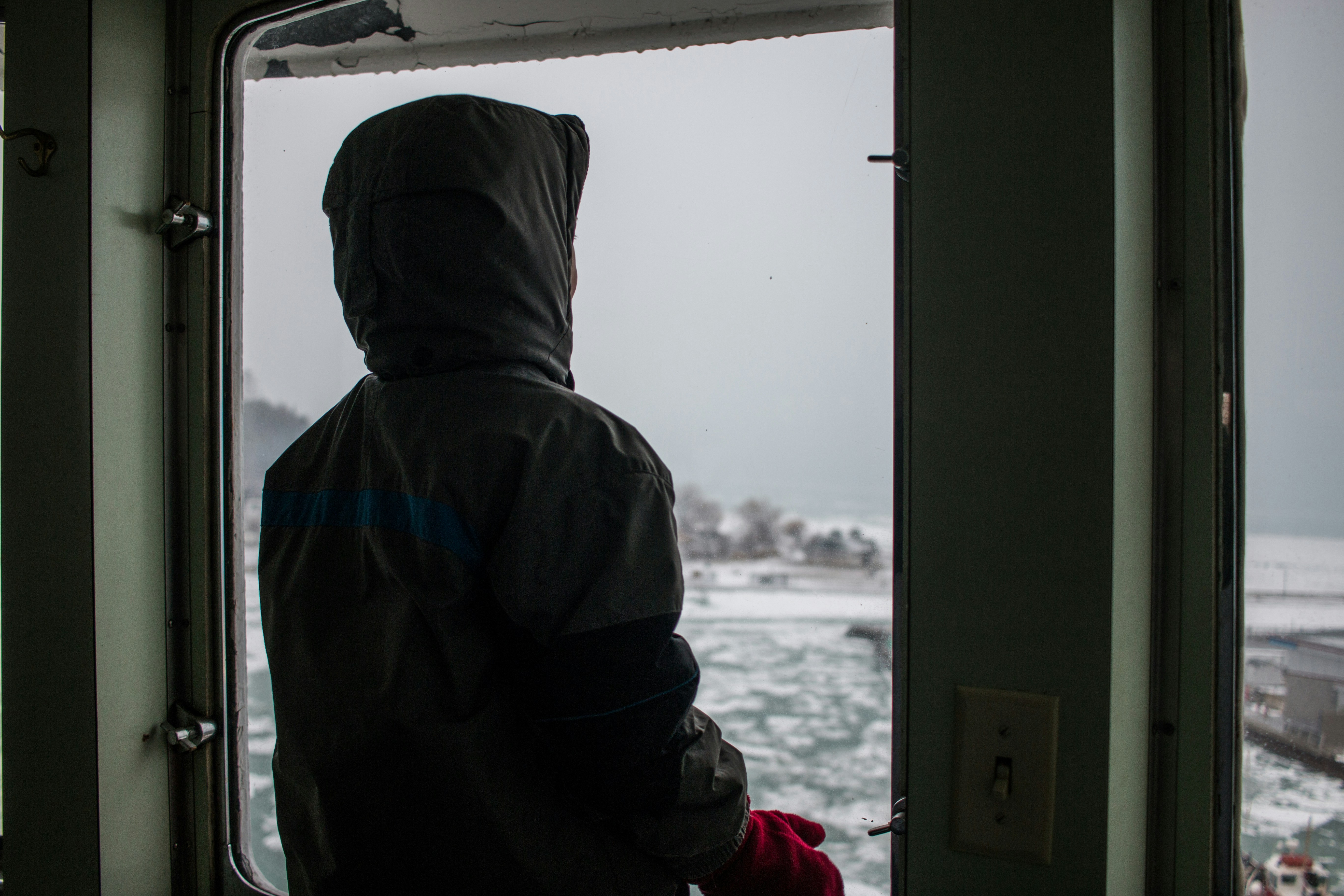Have you ever wondered why some people are so enthusiastic about cold showers or icy swims? It might seem a bit extreme at first glance, but there’s a rising interest in understanding how exposing yourself to the cold could potentially reduce inflammation in your body. This curiosity is not just based on anecdotal evidence; there’s a growing body of scientific research backing these claims. However, what exactly is inflammation, how does it affect our health, and what does cold exposure have to do with easing it? Let’s embark on a journey to uncover these fascinating connections.
Understanding Inflammation
Before delving into the potential benefits of cold exposure, it’s vital to grasp what inflammation is. In simple terms, inflammation is your body’s natural response to injury or infection. While it is part of your immune system’s mechanism to heal and fight off pathogens, prolonged inflammation can lead to chronic conditions.
Acute vs. Chronic Inflammation
You might have heard of these terms. Acute inflammation occurs quickly and generally resolves without problems—think of a swollen ankle after a sprain. In contrast, chronic inflammation persists over time and may contribute to various illnesses like arthritis, heart disease, or even cancer. Here is a simple comparison to help you differentiate between the two:
| Acute Inflammation | Chronic Inflammation |
|---|---|
| Short-term | Long-term |
| Usually beneficial | Often harmful |
| Quick onset (minutes/hours) | Slow onset (weeks/months/years) |
| Visible symptoms (redness, heat) | Symptoms may be subtle |
The Science Behind Cold Exposure
Cold exposure, whether through icy swims, cold showers, or even cryotherapy, has gained traction among those seeking health benefits. But what is the underlying science that supports these practices?
Cold Exposure Mechanisms
When your body experiences cold temperatures, several physiological responses occur. Your blood vessels constrict, reducing blood flow to extremities to preserve core body temperature. This reaction can also trigger an anti-inflammatory response by reducing swelling and pain, thus indicating a potential link between cold exposure and inflammation reduction.
The Hormonal Response
Cold exposure triggers the release of specific hormones and neurotransmitters, such as norepinephrine. This particular hormone is crucial in reducing inflammation because it leads to the constriction of blood vessels, thereby reducing swelling and the accompanying pain.
The Benefits of Cold Exposure
Now that we’ve laid out some of the scientific foundations, how do these physiological and hormonal changes translate into real-life benefits? Besides the potential for inflammation reduction, cold exposure offers several other perks.
Improved Recovery Time
Athletes have long used ice baths post-training to hasten recovery. The cold can help reduce muscle soreness and speed up the repair process by limiting the inflammatory response that contributes to muscle damage.
Enhanced Mood and Mental Clarity
Some people argue that cold exposure can elevate your mood and improve focus. Cold showers, for example, have been linked to depression reduction. The spike in endorphins and the activation of the sympathetic nervous system result in a natural ‘high’ or increased energy that proponents eagerly support.
The Connection Between Cold Exposure and Reduced Inflammation
Having explored the foundational aspects of inflammation and the physiological effects of cold exposure, let’s dig deeper into understanding how these elements weave together.
The Role of Proteins and Cytokines
When exposed to cold, your body’s inflammatory markers, like cytokines, are temporarily suppressed. This suppression can potentially lead to a decrease in inflammation, moving your bodily state closer to balance and health.
Mitigating Chronic Inflammation
Chronic inflammation is at the root of numerous health issues. Cold exposure might act like a reset button for your immune response, offering a potential natural remedy for those battling inflammatory conditions. It’s this promise that has scientists intrigued, prompting ongoing research to better understand the delicate interplay between cold exposure and the immune system.
Ways to Safely Experience Cold Exposure
If you’re considering incorporating cold exposure into your routine, you’re likely wondering where to begin. Safety is paramount, so ease into it gently.
Cold Showers
Start with the simplest method—turn down the heat in your shower gradually. You don’t need to jump straight into ice-cold water. Try cooler temperatures for the final 30 seconds of your shower, gradually increasing the duration as you become acclimated.
Cryotherapy
Cryotherapy chambers, although not as easily accessible as a shower, offer a more intense cold experience. Always consult with a qualified professional before attempting this practice, especially if you have pre-existing health conditions.
Cold Water Swimming
For those with access, a dip in a cold lake or pool can be invigorating. Make sure to swim with a buddy and not to stay in for too long to prevent hypothermia.
Precautions and Potential Risks
While the benefits of cold exposure can be compelling, it’s crucial to proceed with caution. Those with heart conditions or certain health issues should consult a doctor before trying cold exposure methods.
Listening to Your Body
Pay attention to how your body responds. Shivering is normal, but extreme discomfort or pain should not be ignored. Moderation is key, and overdoing it can result in adverse effects rather than benefits.

The Evolving Scientific Perspective
Even though anecdotal evidence and preliminary studies present a promising link between cold exposure and inflammation reduction, it’s essential to acknowledge that the scientific community is still exploring these claims.
Ongoing Research
Research continues to examine the long-term impacts and potential therapeutic benefits of adopting cold exposure. The complexity of the human immune system means that definitive conclusions may take time to emerge.
Potential for Future Treatments
As our understanding of the interaction between cold exposure and inflammation deepens, there’s hope for novel treatments and preventive measures for inflammatory diseases. Such findings can pave the way for integrating these practices into mainstream health policies and therapeutic regimens.
Conclusion
We’ve wandered through the intriguing terrain of cold exposure and its potential influence on inflammation. From understanding the basics of inflammation to revealing the bodily changes incurred by cold exposure, the relationship appears multi-faceted and promising. Embrace this exploration with caution and curiosity—you may uncover a powerful ally in your quest for improved health and well-being. Remember, every journey begins with a single step, or in this case, perhaps a moment under a cool shower.





